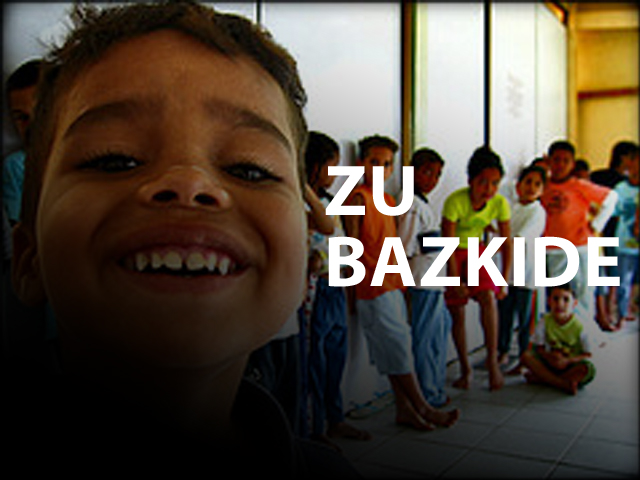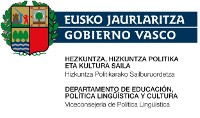Authors: Jose Antonio Flores Farfan, Lorena Córdova Hernandez and Josep Cru
Linguistic revitalization consists of launching different types of actions in favor of the linguistic diversity of the planet. Although each case of displacement is unique, since the nineties of the last century the situation of threat or danger of disappearance in which most of the world's languages are found has motivated linguists, social scientists, activists, international organizations and States to initiate different strategies that positively affect the change in this disappearance trend, 1 to the point that 2019 was declared the “International Year of Indigenous Languages” and in that same year the Decade of Indigenous Languages was established for the United Nations Organization (un).
The effervescence around the recognition of languages and their revitalization, maintenance and development is a reliable indication of the seriousness of the situation and of the concern of different sectors of society, mainly the indigenous peoples themselves, to actively intervene in the recovery of one of the most valuable legacies of humanity: their languages. As will be seen throughout this text, this worldwide mobilization is not only due to concerns regarding the displacement of different communication systems (oral or written), but also demands a whole political, ethnic, interpersonal, even emotional process, such as Recently, it has been emphasized when understanding languages as a means of physical and mental healing (cf. Whalen, Moss & Baldwin, 2016). In other words, revitalization as an essential response and action.













 2020 Garabide
2020 Garabide